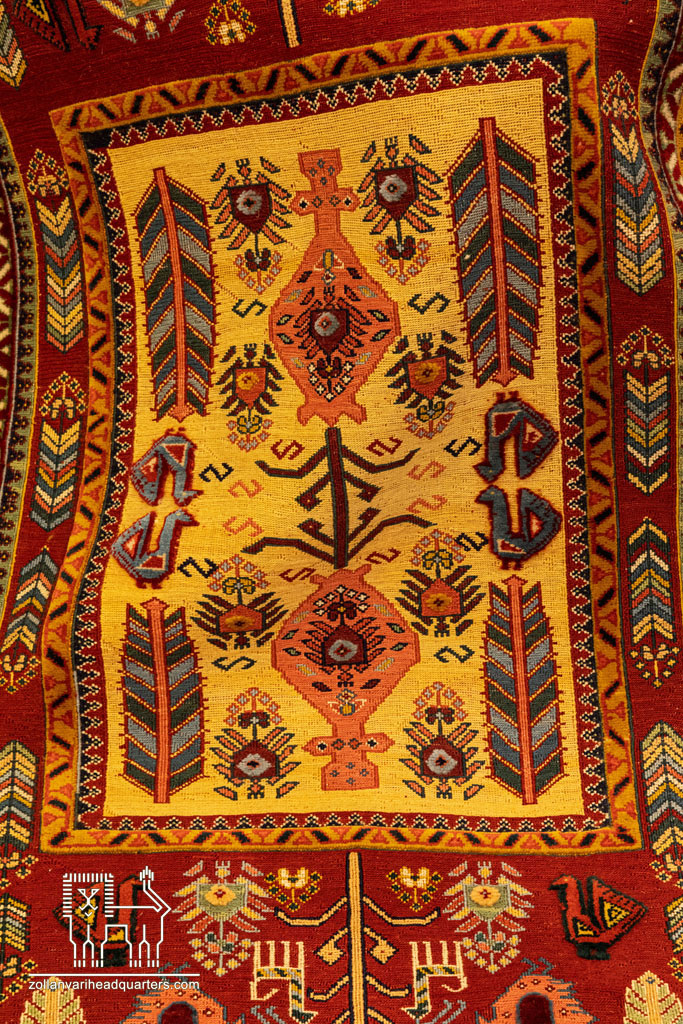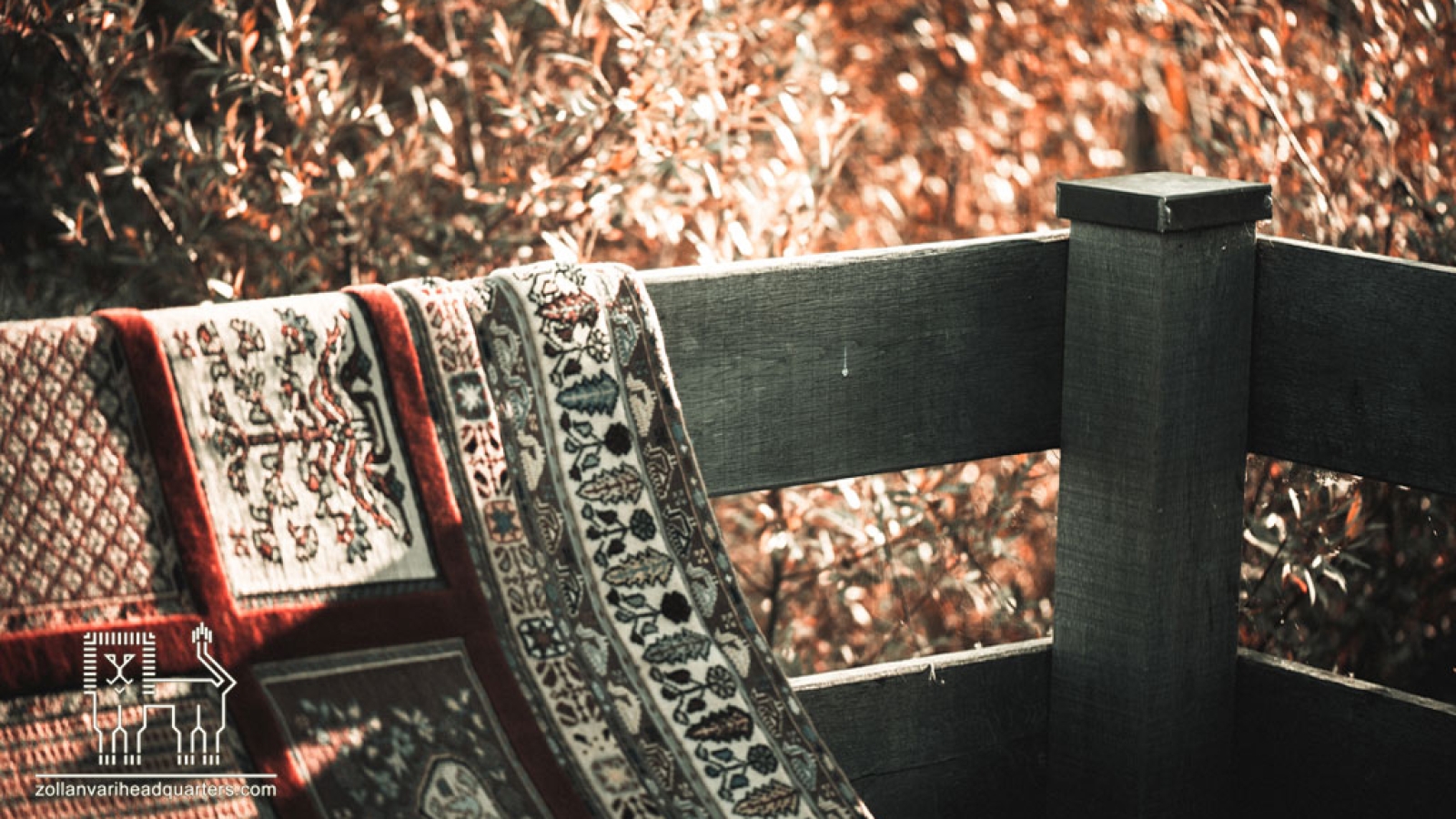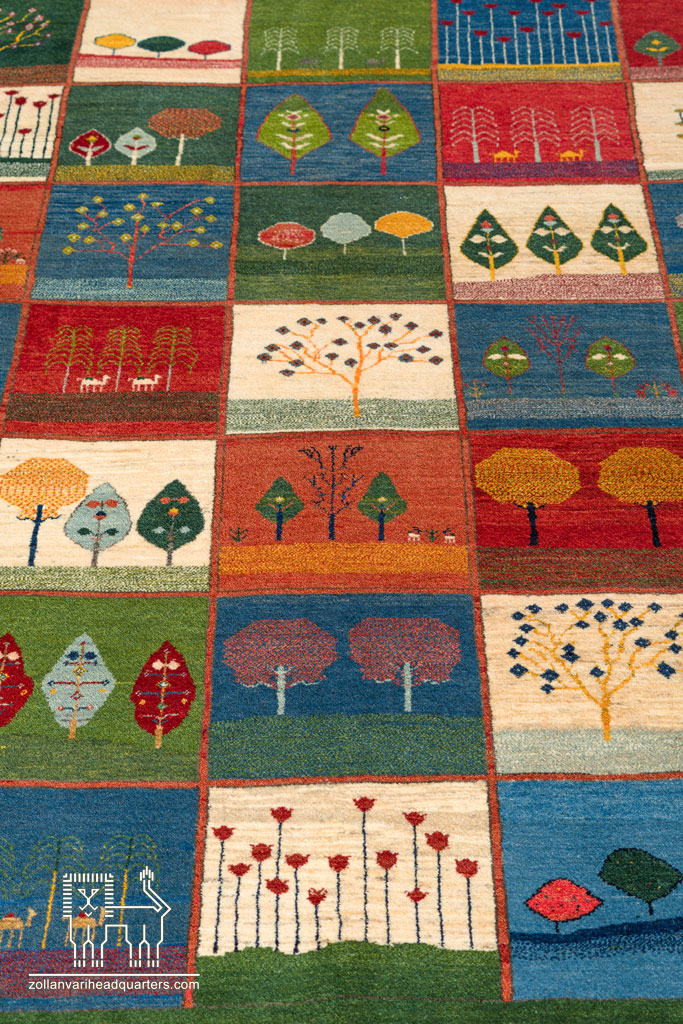Iran, the Largest Exporter of Exquisite Gabbeh Rugs to Pretoria
Pretoria, the administrative capital of South Africa, with its diverse cultural fabric and a population eager for traditional arts, has recently become a key destination for Eastern handicrafts, including authentic Iranian gabbeh rugs. The “Zollanvari” company, with over three generations of experience in handwoven carpets, has established a deep relationship with the Pretoria market, offering exquisite gabbeh rugs that combine cultural artistry and unparalleled quality to Pretoria buyers. Zollanvari’s extensive distribution network and local representatives in Pretoria ensure quick and reliable access to gabbehs, and short-term workshops on rug care principles help enthusiasts maintain the value and beauty of the gabbeh over time.
The Importance of Exquisite Gabbehs in International Markets
Before delving into the details of exports, we must understand the factors that make Iranian gabbehs stand out in the global market. These handwoven pieces, born from the nomadic lifestyle and traditional artistry of the Qashqai and Lorestan mountain tribes, create stories of nature and culture through their simple yet meaningful patterns. Below are some of their key features:
- Each gabbeh tells a story of nomadic life, with simple patterns that carry deep messages.
- Natural and plant-based colors resist fading from light and washing, maintaining their vibrant appearance.
- Sturdy weave and high durability allow for daily and long-term use without quality degradation.
- The minimalist design of gabbeh rugs harmonizes well with both classic and modern decor.
- Various sizes and patterns make it possible to choose based on different tastes.
Zollanvari Gabbeh Production Process and Quality Maintenance
The quality of each Zollanvari gabbeh is the result of selecting premium raw materials and continuous monitoring throughout the production stages. First, the finest wool from Iranian mountain sheep is carefully selected from mountain pastures. Then, Qashqai and Lorestan weavers, with their traditional skills, carefully tie the patterns into the weave. After the weaving is complete, secondary dyeing and specialized washing help fix the colors. The Zollanvari quality control team oversees every step to ensure nothing is overlooked:
- Selection of hand-picked wool from mountain sheep in Iran.
- Handweaving by skilled artisans while preserving traditional patterns.
- Final dyeing and color fixation using plant-based formulas.
- Stage-by-stage quality control monitoring to achieve the best result.
- Moisture and impact-resistant packaging for safe shipping.
Challenges and Solutions for Exporting to Pretoria
The Pretoria market, with high demand and international standards, offers a golden opportunity for exporters; however, there are obstacles: customs strictness, long sea routes, and the need for after-sales services. Zollanvari manages these challenges with the following solutions:
- Partnership with reputable international shipping companies for quick clearance.
- Multi-layer packaging to protect gabbehs during the sea journey.
- Obtaining international permits and certificates to facilitate customs clearance.
- Local support team to provide after-sales services and quick response.
Customer Experience in Pretoria with Zollanvari Gabbehs
Pretorian customers have shown that Zollanvari gabbehs are more than just decorative items; they are symbols of the cultural bond between the two countries. Some of the successful achievements of this business include:
- Installation of Zollanvari handwoven gabbehs in the lobbies of luxury hotels in Pretoria, admired by guests.
- Equipping Iranian consulates and diplomatic offices with custom-made gabbehs.
- Interior design of modern homes and villas by combining minimalist gabbehs with natural colors.
- Gifting exquisite gabbehs to diplomats and special guests as a cultural souvenir.

Zollanvari After-Sales Service and Warranty
Zollanvari places special emphasis on customer satisfaction and provides comprehensive services to ensure the durability of its gabbehs:
- Lifetime warranty for color and texture.
- Free repair for minor damages.
- Periodic consultation for maintaining and preserving the beauty of the gabbeh.
Conclusion
The export of exquisite Iranian gabbehs to Pretoria by Zollanvari is an artistic blend of tradition and innovation, which has succeeded in garnering the admiration of handicraft enthusiasts and strengthening cultural ties between Iran and South Africa. With superior quality, authentic designs, and professional after-sales services, Zollanvari gabbehs are a smart choice for luxurious decor and artistic investment in Pretoria. For the latest collections and free expert consultation, visit the main page of the Zollanvari website.

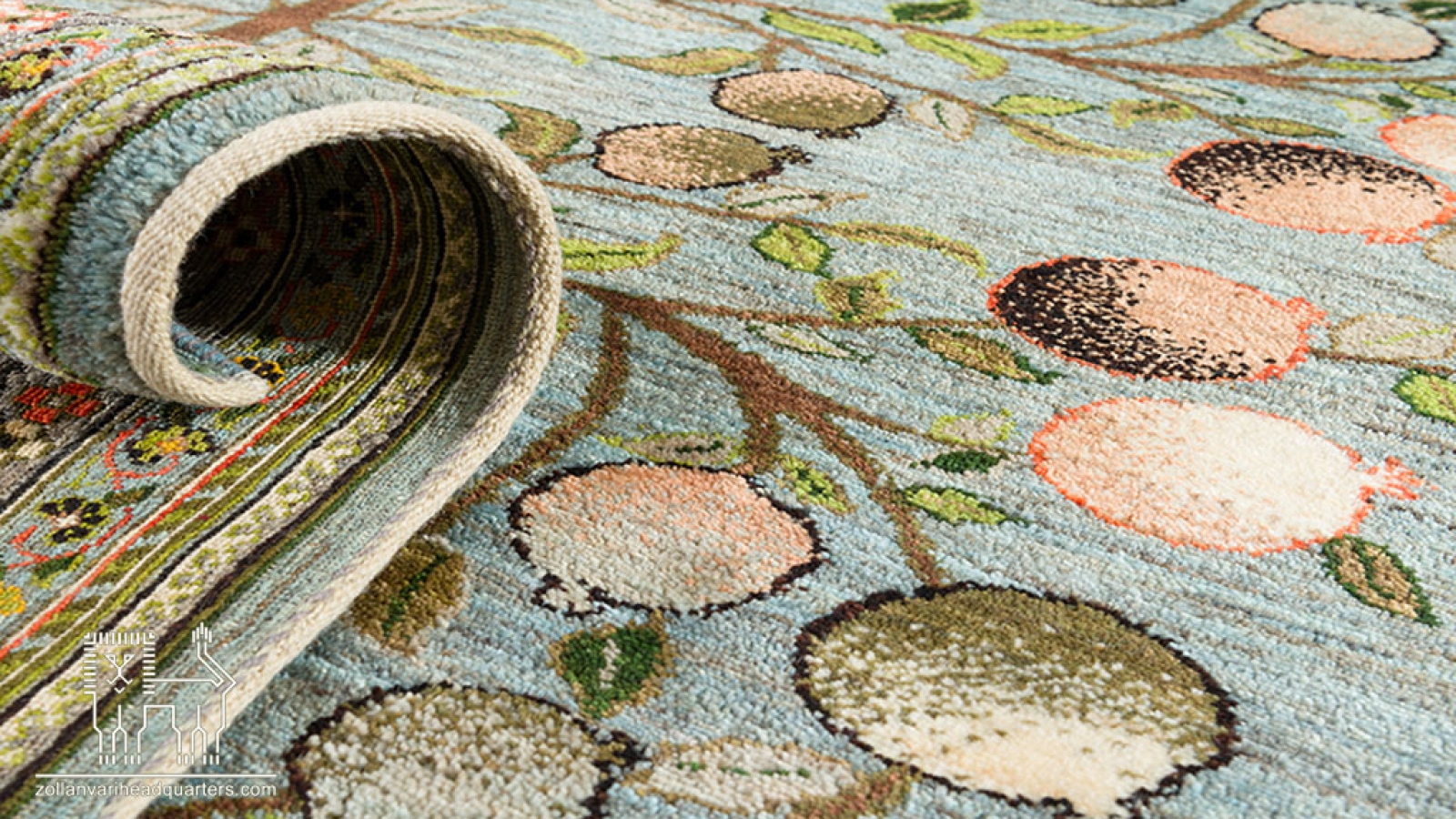

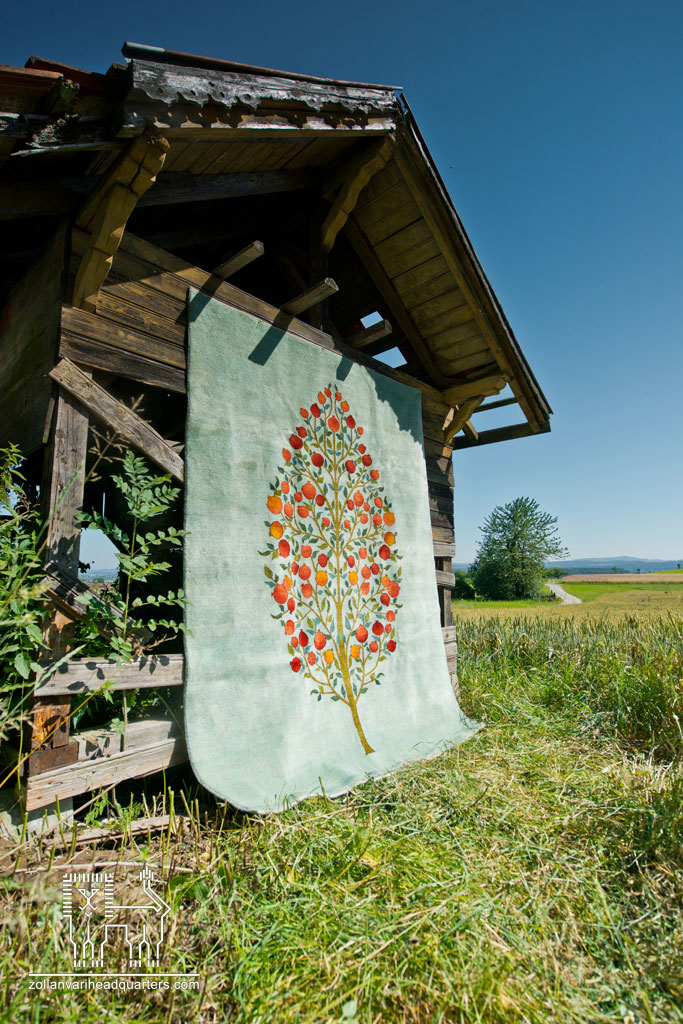

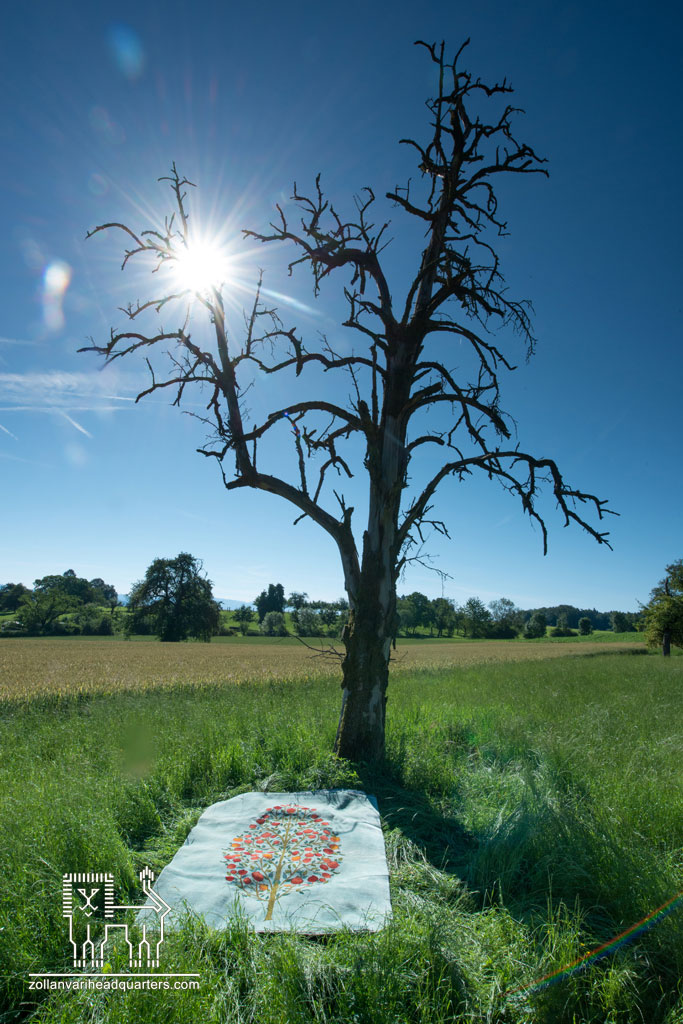
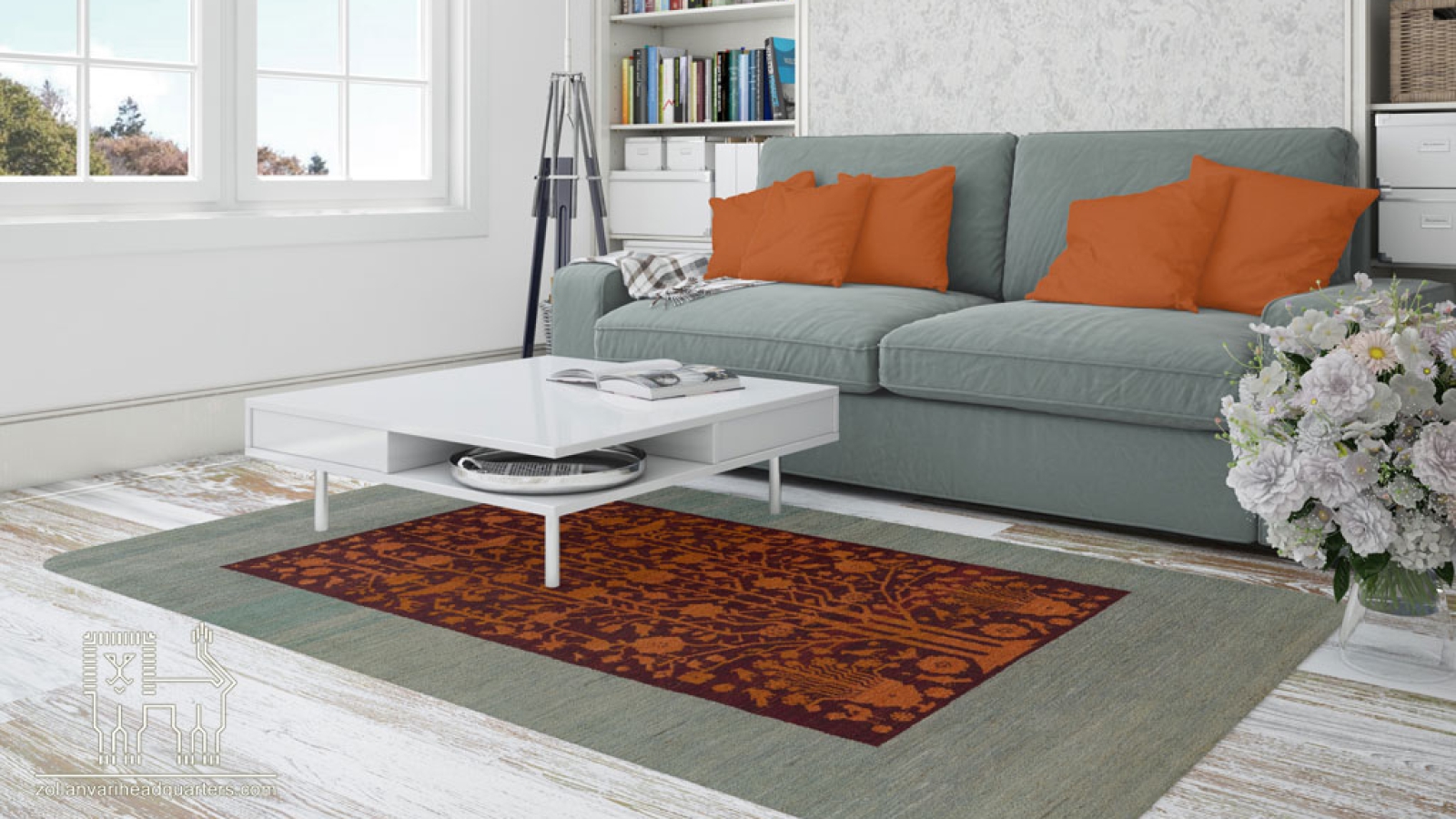
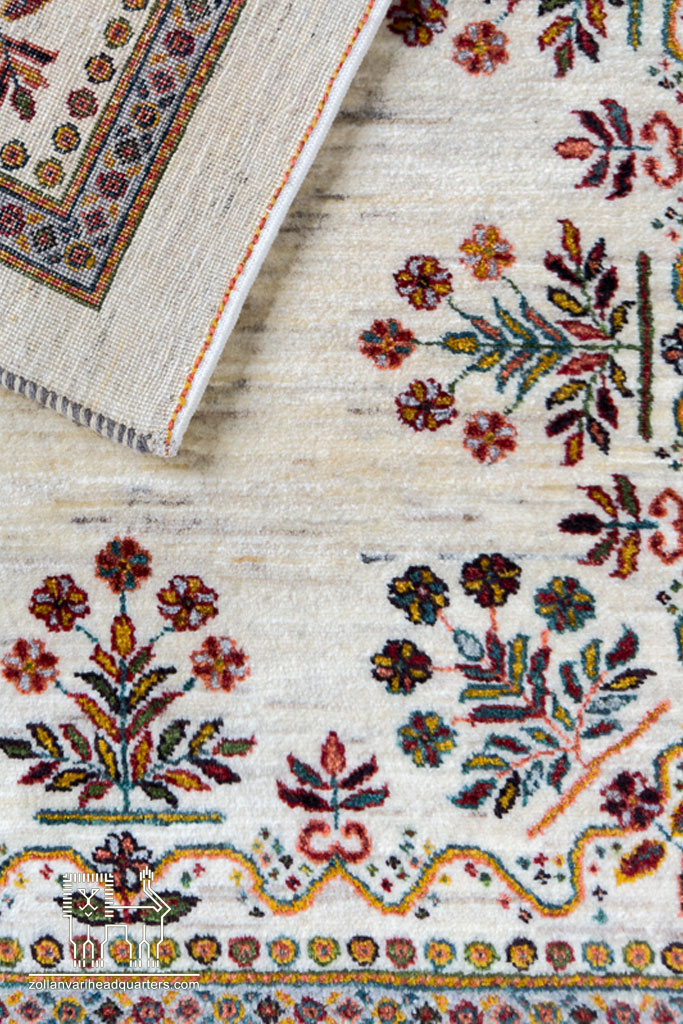


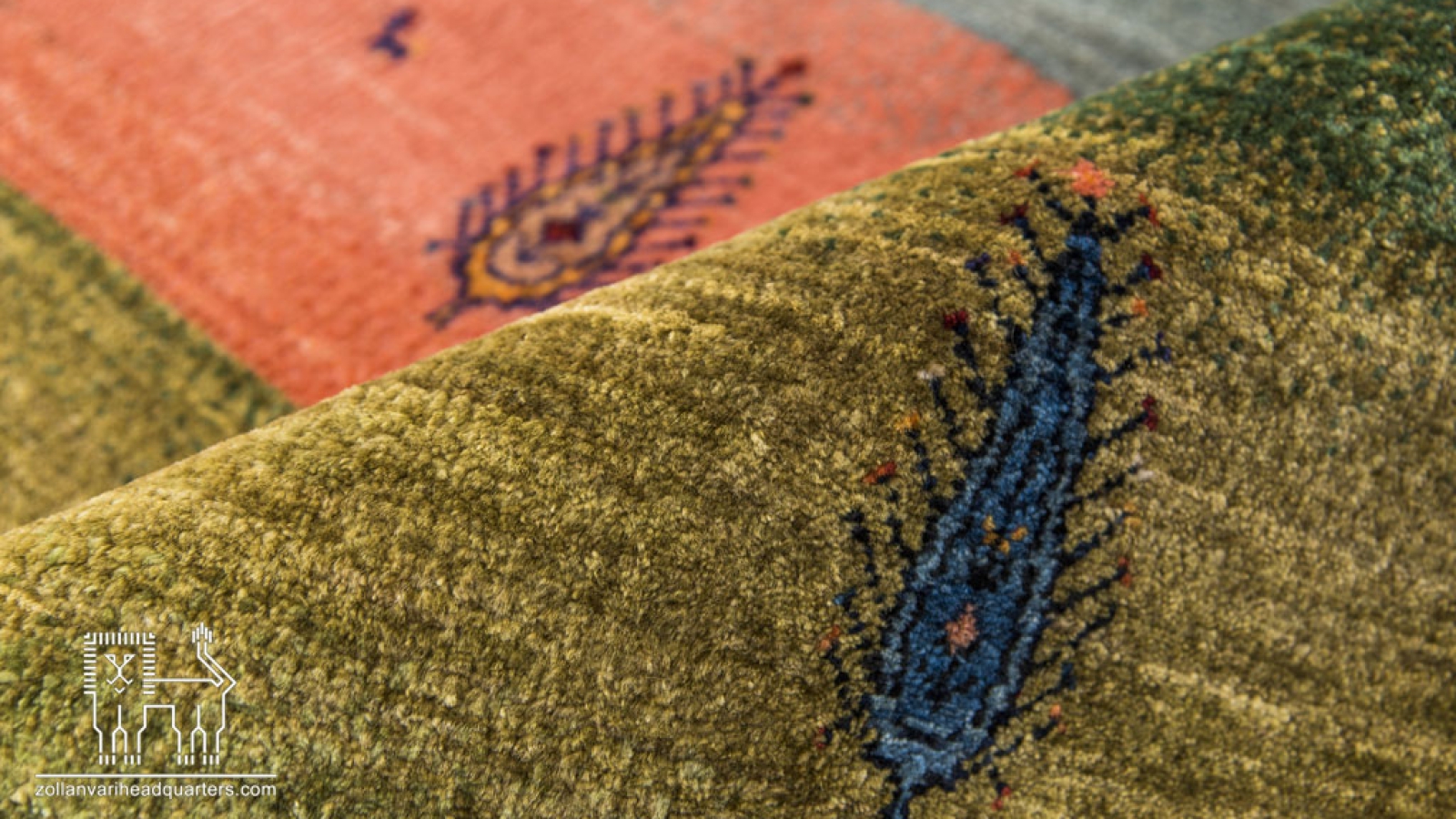


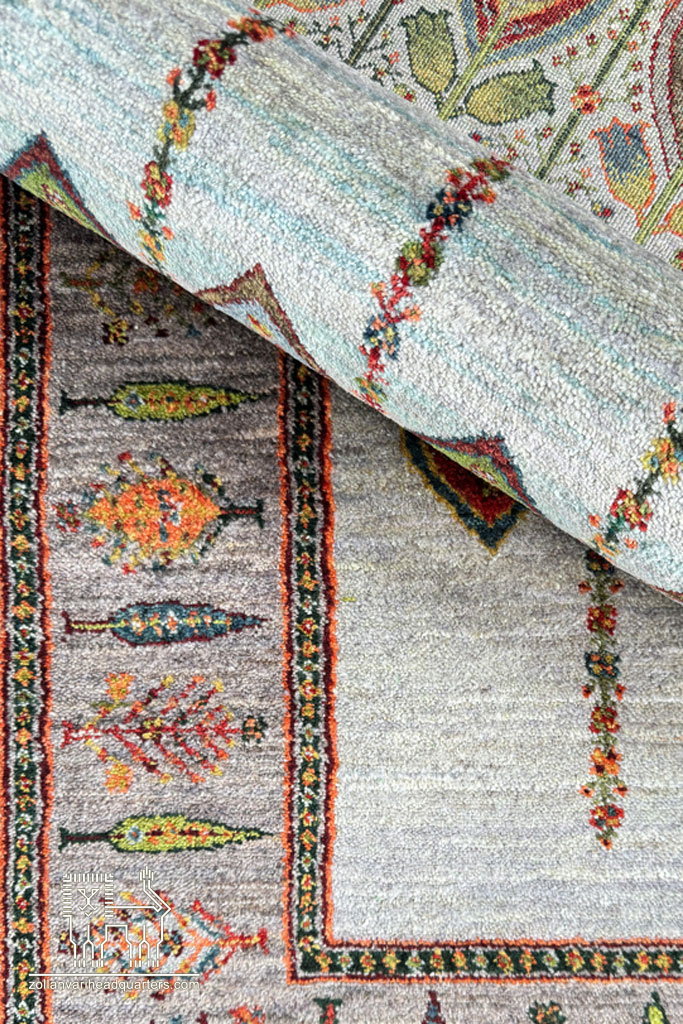 Largest Importer of Gabbeh
Largest Importer of Gabbeh
 Buying Iranian Handwoven Gabbeh
Buying Iranian Handwoven Gabbeh

